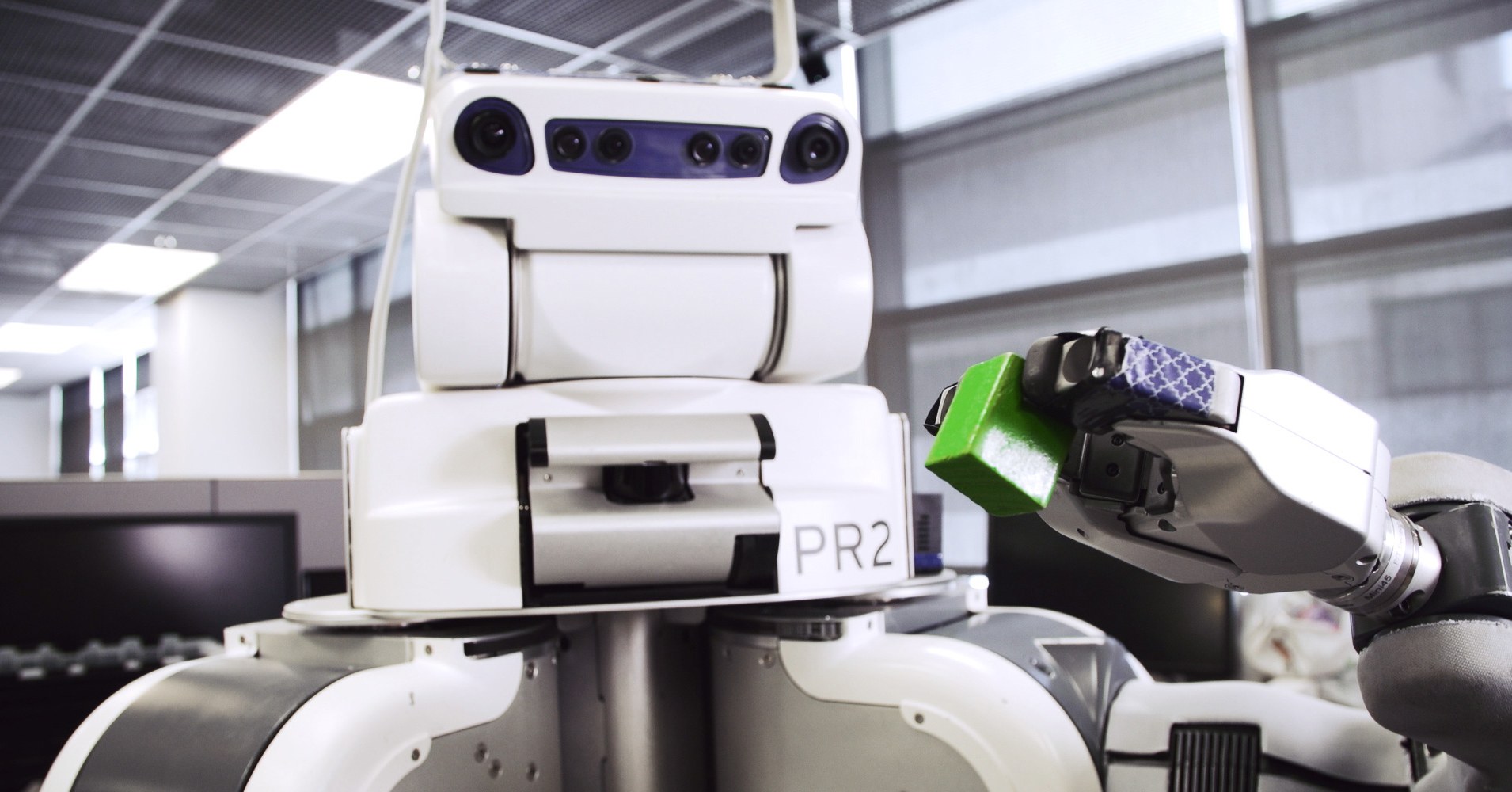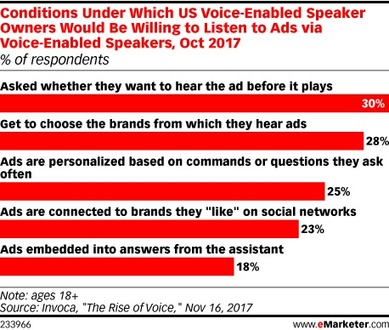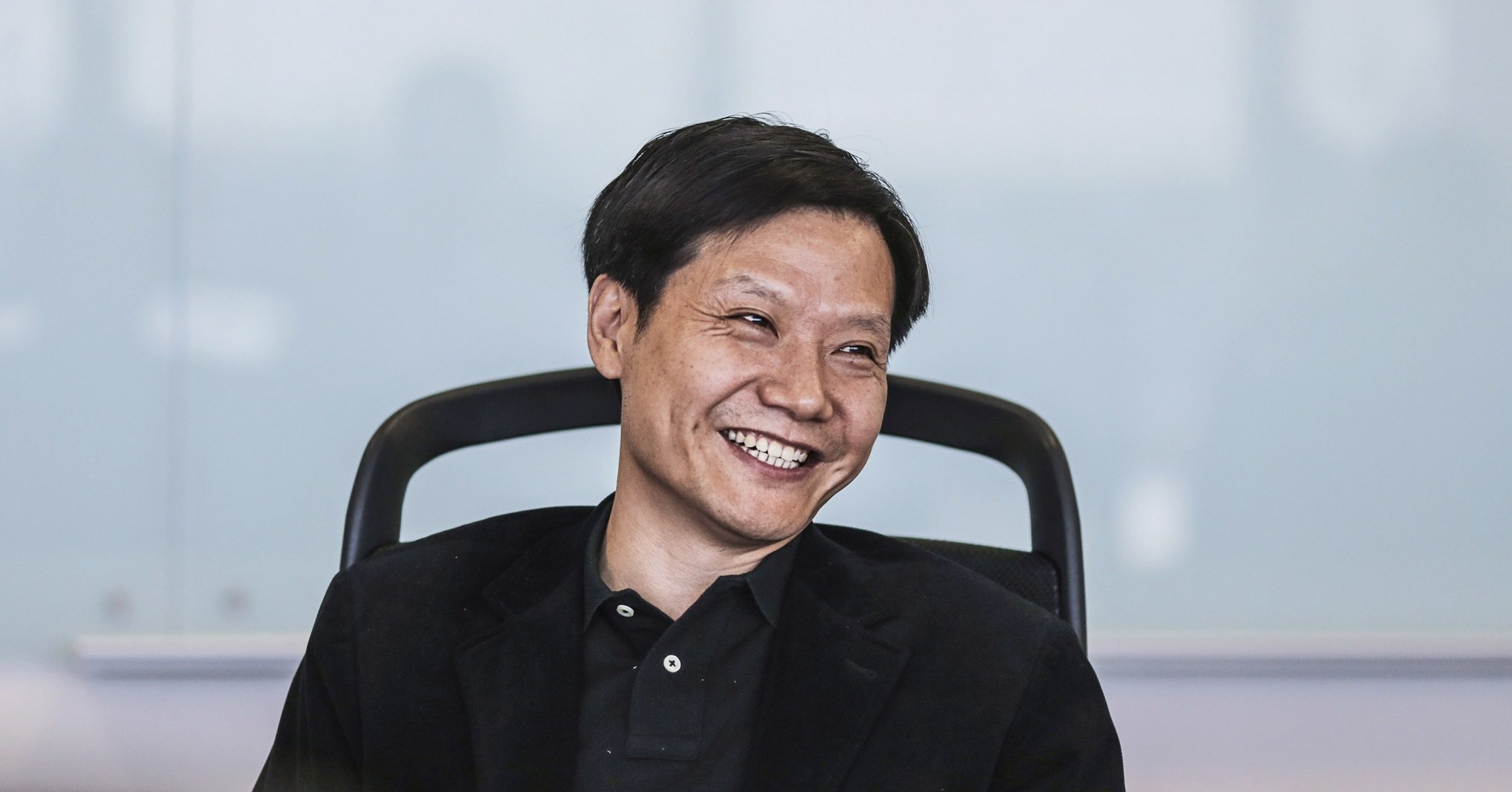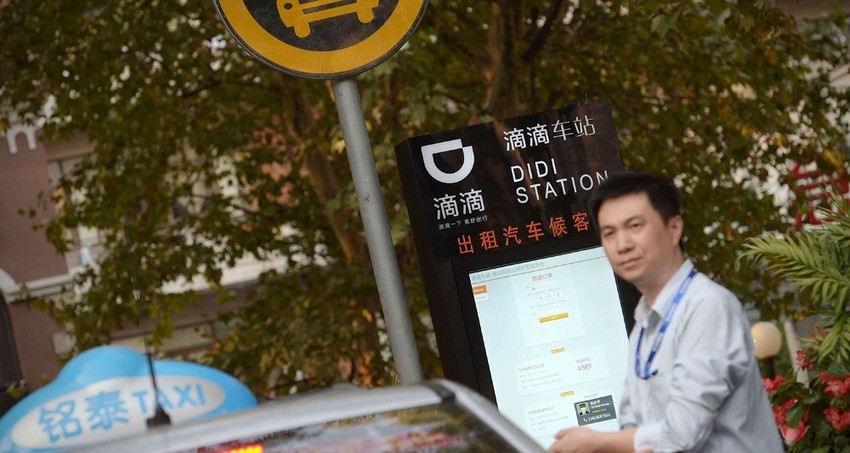Subscription Box Services: Three Lessons for 2018
The subscription box industry seemed to hit fever pitch in 2017, with offerings for seemingly every product category. Here are three things retailers should keep in mind when entering the space. No. 1: Market Share Battle As more players enter the subscription box space, the market is becoming even more fragmented. In January 2017, the top 10 subscription sites represented 67% of traffic to Hitwise’s custom study of sites. By contrast, the top 10 players in January 2015 represented 83% of total visits, according to John Fetto, senior analyst at Hitwise. And in yet another sign that it’s getting harder to stand out and sustain consumers’ initial box enthusiasm, industrywide subscription sites traffic also has slowed, including a 3% drop in September. No. 2: Data, Data, Data One of the thrills of getting a subscription box is essentially liking some—if not all—of the contents within it. In fact, there’s nothing more frustrating than getting a box of things you don’t want or need. To achieve that level of personalization, data is essential. Just look at Stitch Fix. The online personal stylist clothing box service has posted operating income in each of the past three years. The number of its active clients has jumped nearly 10 times to 2.19 million as of July 29, with a repeat rate of 86%. The secret sauce behind that growth? Stitch Fix’s team of some 3,400 mostly part-time stylists and its team of over 75 data scientists who together study more than 85 meaningful data points its customers willingly provide to come up with the best personalized box offerings. No. 3: A New Avenue As many traditional brick-and-mortar retailers struggle with declining traffic and store closings, some brands have been expanding their own direct-to-consumer ecommerce sales. Recently, JCPenney—which is struggling amid a consumer shift away from mall shopping—teamed up with Bombfell, a men’s subscription box service, to offer curated boxes to its Big & Tall customers. Meanwhile, Hasbro Inc., maker of Monopoly and Cranium board games, became the first major toy company to enter the subscription box space and introduce its own game box. The move could not only help Hasbro increase sales—at a time when kids have many mobile gaming options—but also help the company lessen its dependence on the key holiday quarter.










